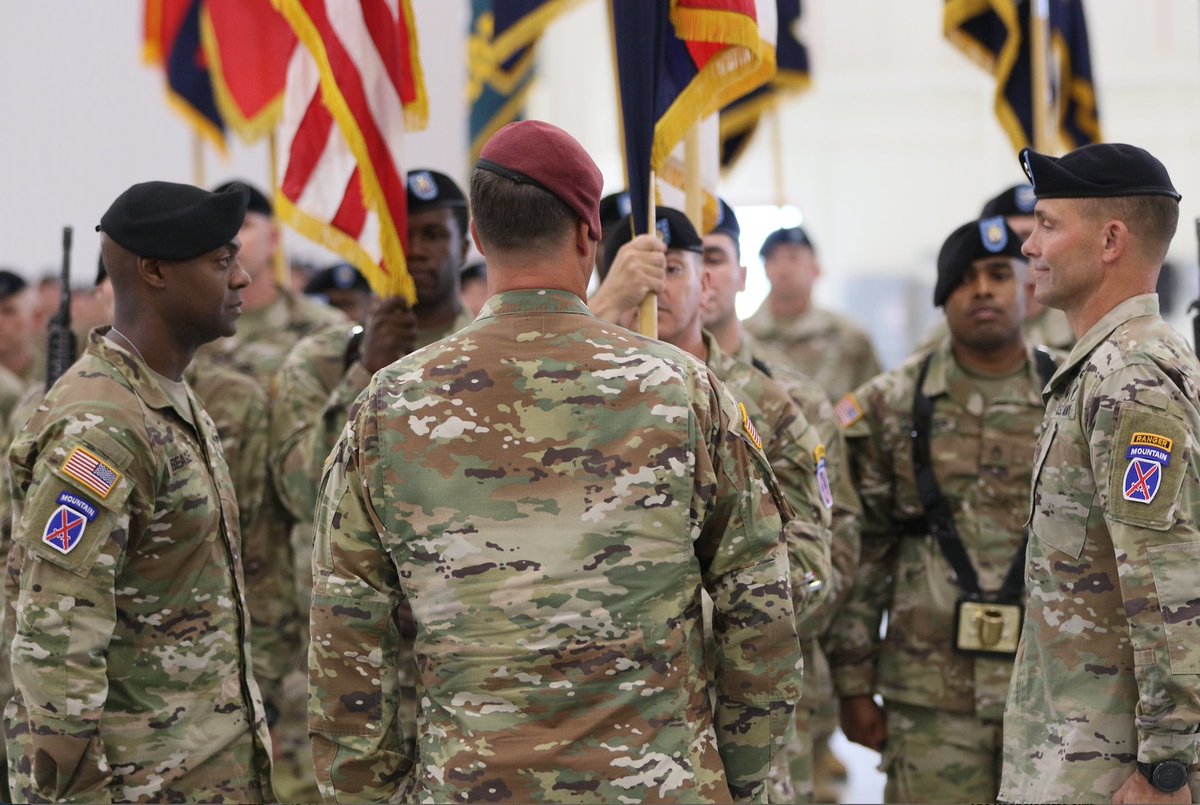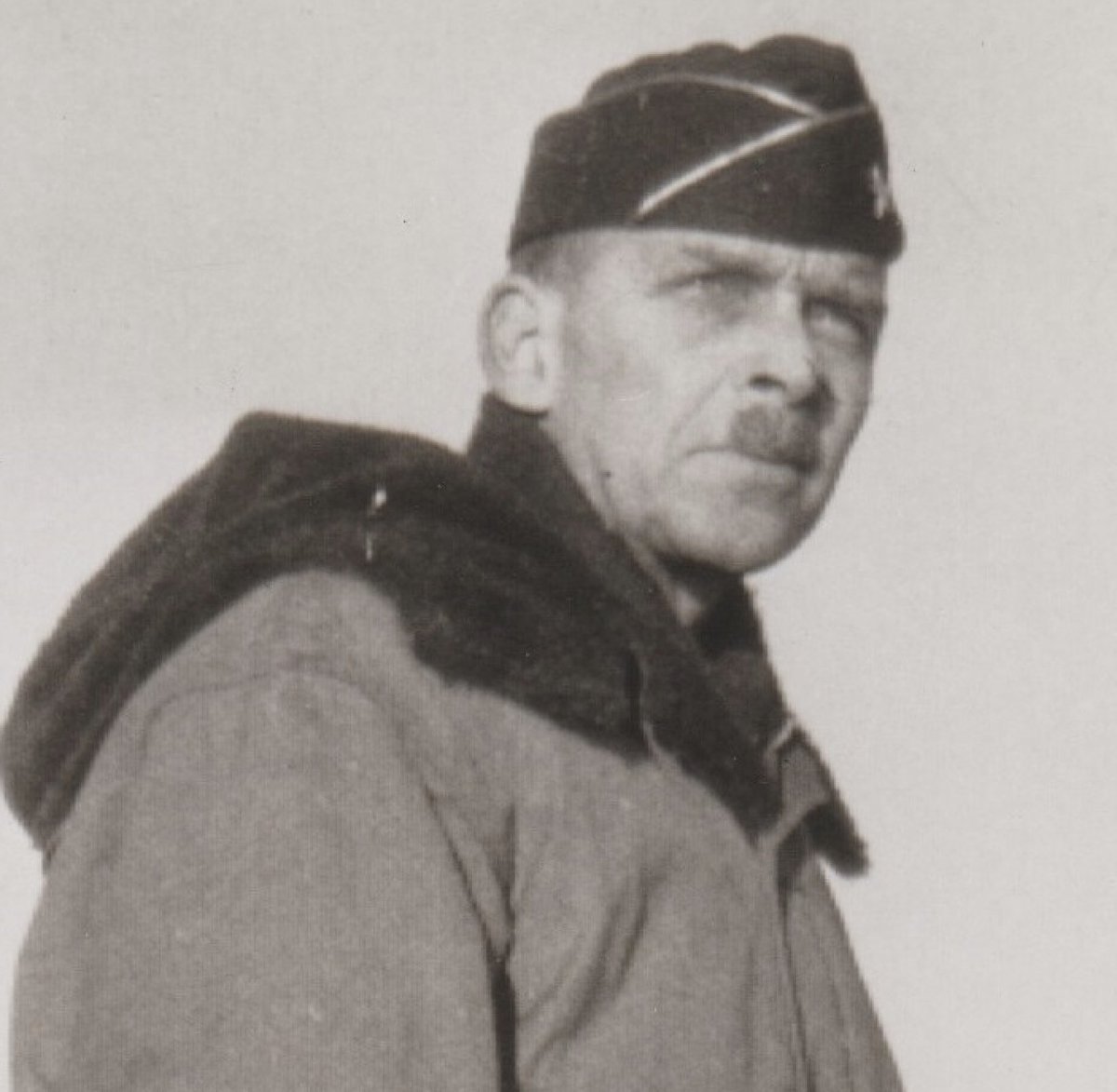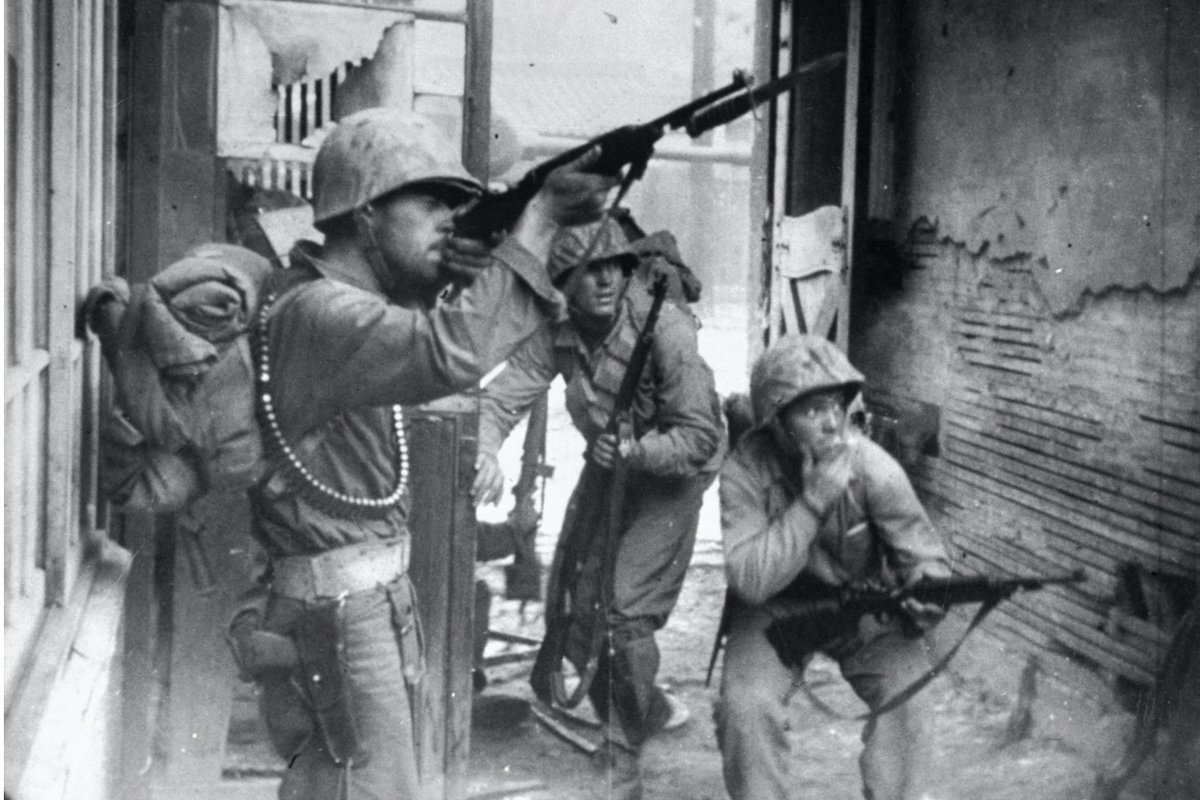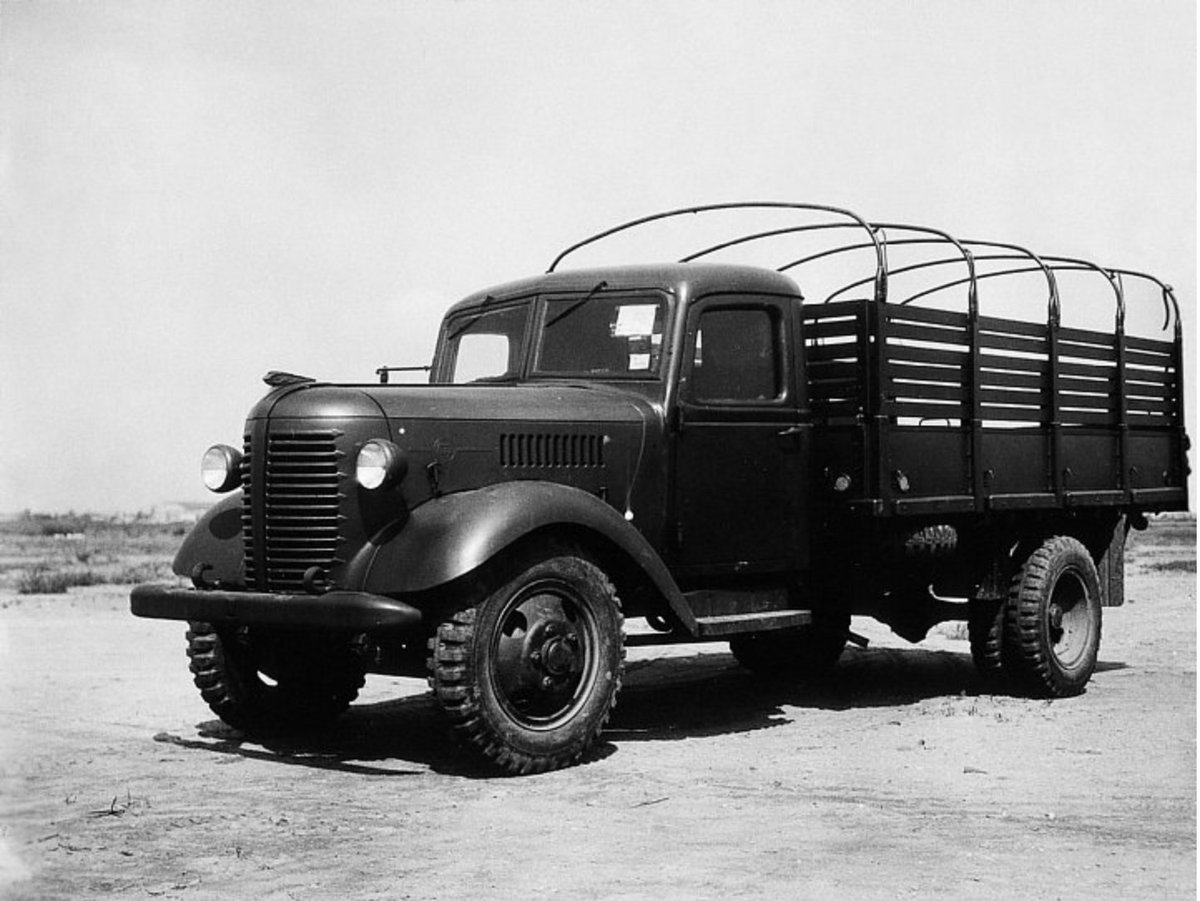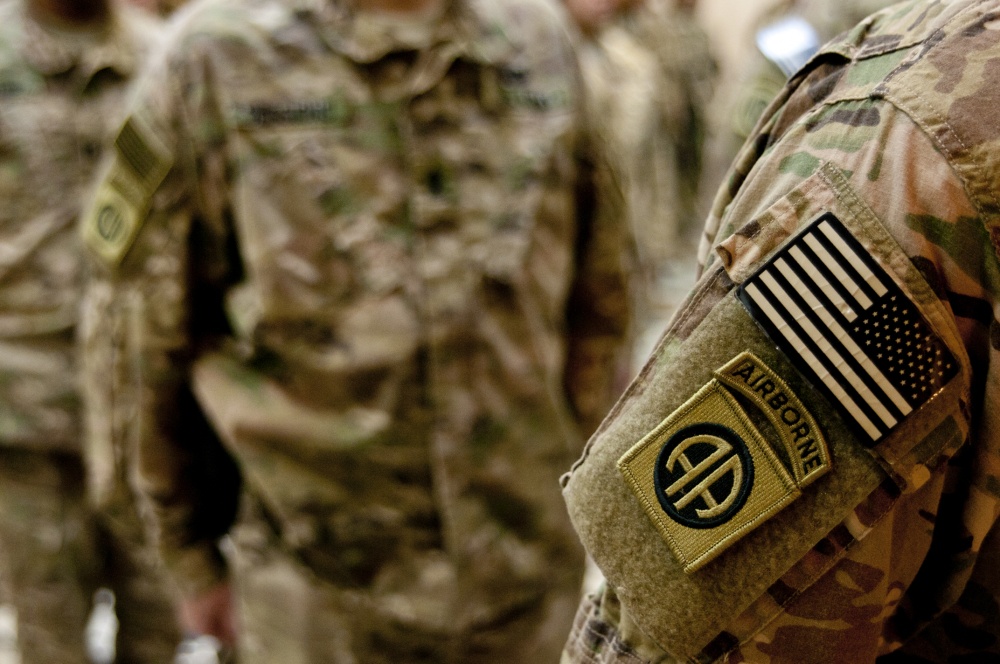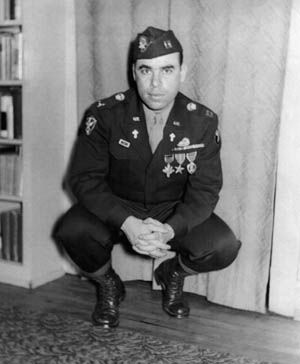
[1 of 9]
The 10th Mountain Division opened the Afghanistan theater in 2001, deploying to Uzbekistan and then Bagram in the months after 9/11 as the first conventional HQ there.
It is fitting then that 10th Mountain is the final conventional HQ out of Afghanistan.
The 10th Mountain Division opened the Afghanistan theater in 2001, deploying to Uzbekistan and then Bagram in the months after 9/11 as the first conventional HQ there.
It is fitting then that 10th Mountain is the final conventional HQ out of Afghanistan.
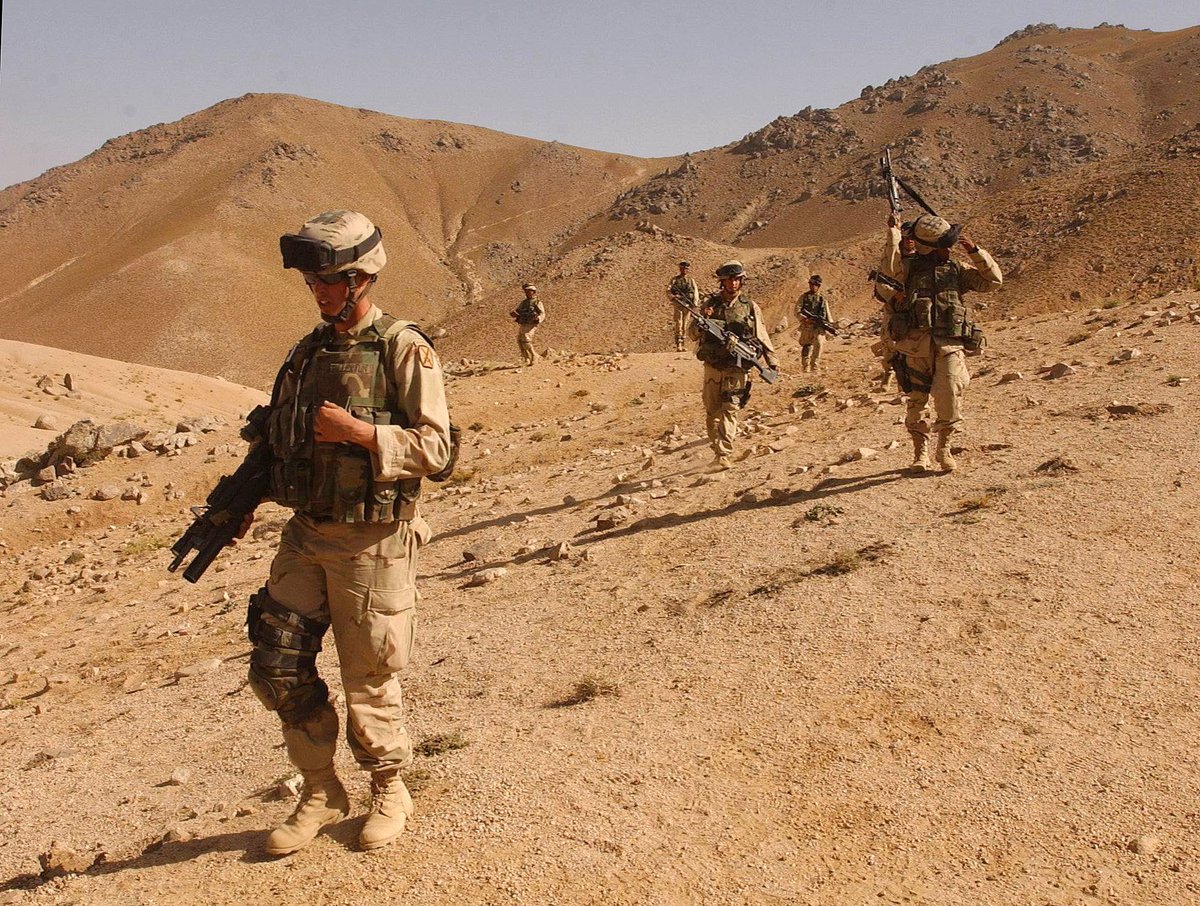
[2 of 9]
In between, the 10th Mountain has gone in and out of Afghanistan repeatedly.
The Climb To Glory division’s commitment throughout our war in Afghanistan is exemplified by one Soldier in particular.
That Soldier is this man, Jeff Becker.
In between, the 10th Mountain has gone in and out of Afghanistan repeatedly.
The Climb To Glory division’s commitment throughout our war in Afghanistan is exemplified by one Soldier in particular.
That Soldier is this man, Jeff Becker.
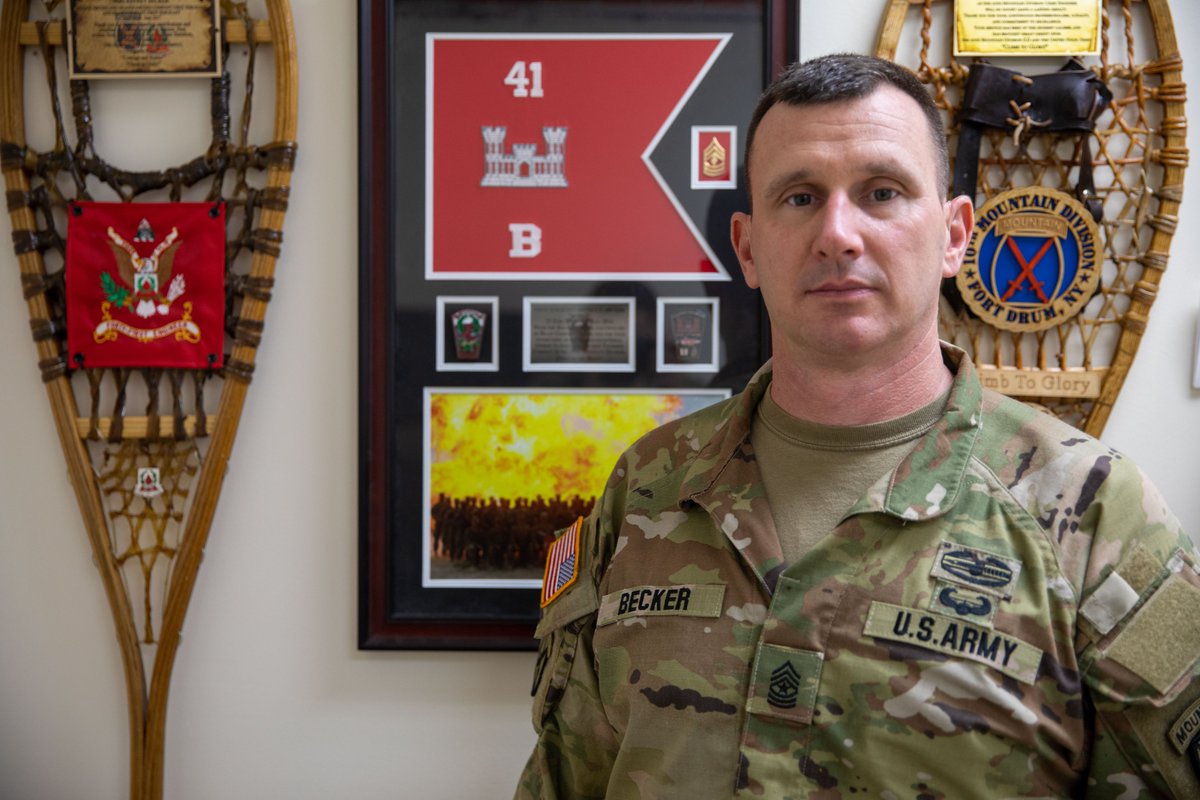
[3 of 9]
Jeff Becker, a combat engineer, deployed with 10th Mountain to Afghanistan right after 9/11.
First In.
He fought in Operation Anaconda as a young buck sergeant.
Jeff Becker, a combat engineer, deployed with 10th Mountain to Afghanistan right after 9/11.
First In.
He fought in Operation Anaconda as a young buck sergeant.
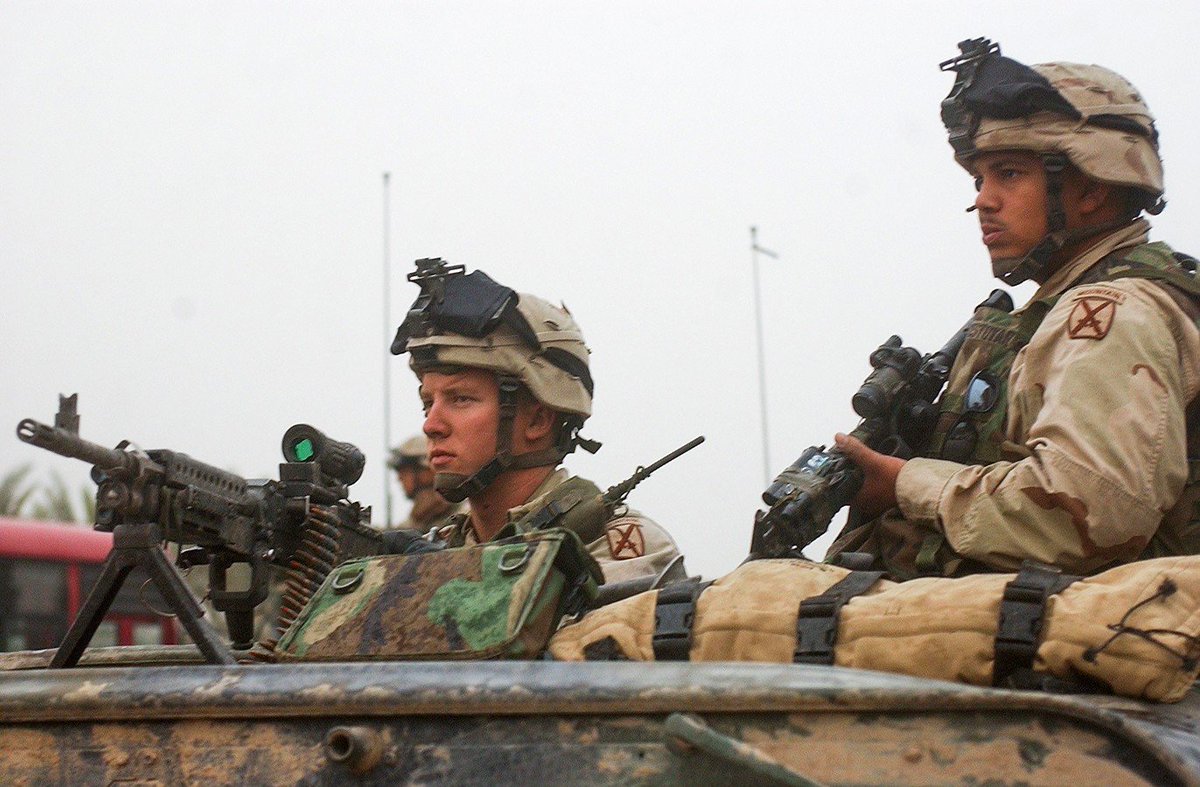
[4 of 9]
Operation Anaconda began before dawn on March 2nd, 2002.
Jeff was there.
General F.L. Hagenbeck, commander of the @10thmtn, led 2,000 coalition forces during the operation to clean out the remaining al-Qaeda & Taliban fighters from the Shahikot Valley.
Operation Anaconda began before dawn on March 2nd, 2002.
Jeff was there.
General F.L. Hagenbeck, commander of the @10thmtn, led 2,000 coalition forces during the operation to clean out the remaining al-Qaeda & Taliban fighters from the Shahikot Valley.

[5 of 9]
Hagenbeck: “They just kept sending them into our meat grinder. We’ve killed several hundred of them, but they just keep coming.”
The battle ended as an American victory at the cost of eight Americans killed and more than 50 wounded.
Hagenbeck: “They just kept sending them into our meat grinder. We’ve killed several hundred of them, but they just keep coming.”
The battle ended as an American victory at the cost of eight Americans killed and more than 50 wounded.

[6 of 9]
Jeff came home in March, 2002. Not for long.
He deployed to fight in Afghanistan again and again and again. Each time with the 10th Mountain Division.
Jeff came home in March, 2002. Not for long.
He deployed to fight in Afghanistan again and again and again. Each time with the 10th Mountain Division.

[8 of 9]
20 years after that initial deployment, the 10th Mountain Division was the final conventional force out of Afghanistan.
Along with them was Jeff Becker – completing his fifth deployment with as the 10th Mountain Division operations sergeant.
Last out.
20 years after that initial deployment, the 10th Mountain Division was the final conventional force out of Afghanistan.
Along with them was Jeff Becker – completing his fifth deployment with as the 10th Mountain Division operations sergeant.
Last out.

[END]
Jeff embodies the legacy of the Climb to Glory Soldier during the war in Afghanistan: Tough. Disciplined. Quiet. Humble in support of our Nation's interests.
Jeff embodies the legacy of the Climb to Glory Soldier during the war in Afghanistan: Tough. Disciplined. Quiet. Humble in support of our Nation's interests.

• • •
Missing some Tweet in this thread? You can try to
force a refresh



